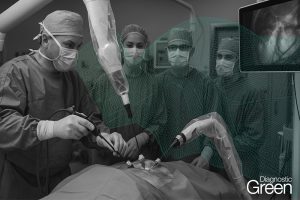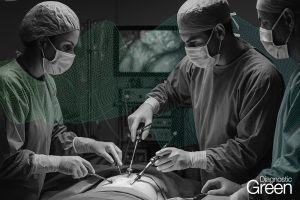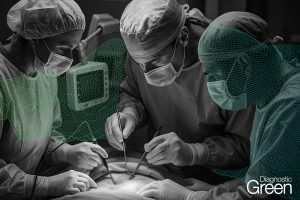Background: Fluorescence-guided surgery (FGS) can help surgeons to discriminate tumor tissue from adjacent normal tissues using fluorescent tracers.
Methods: We developed a surgical training model, manufactured using sustainable vegetable organic material with indocyanine green (ICG)-containing “tumor.” Surgeons evaluated the model with both the closed-field and endoscopic fluorescence imaging devices and assessed its efficacy to identify residual tumor after enucleation using electrocautery.
Results: Strong correlations of fluorescence were obtained at all working distance (3, 5, 7, and 10 cm), showing the robustness of fluorescence signal for the closed-field and endoscopic fluorescence imaging devices. The higher fluorescence signals were obtained in the wound bed in the closed-field fluorescence imaging device and the residual tumor could be clearly identified by fluorescence endoscopy.
Conclusions: Our FGS training model may provide experience for surgeons unfamiliar with optical surgery and subsequent tissue interactions. The model seemed particularly helpful in teaching surgeons the principles of FGS.




